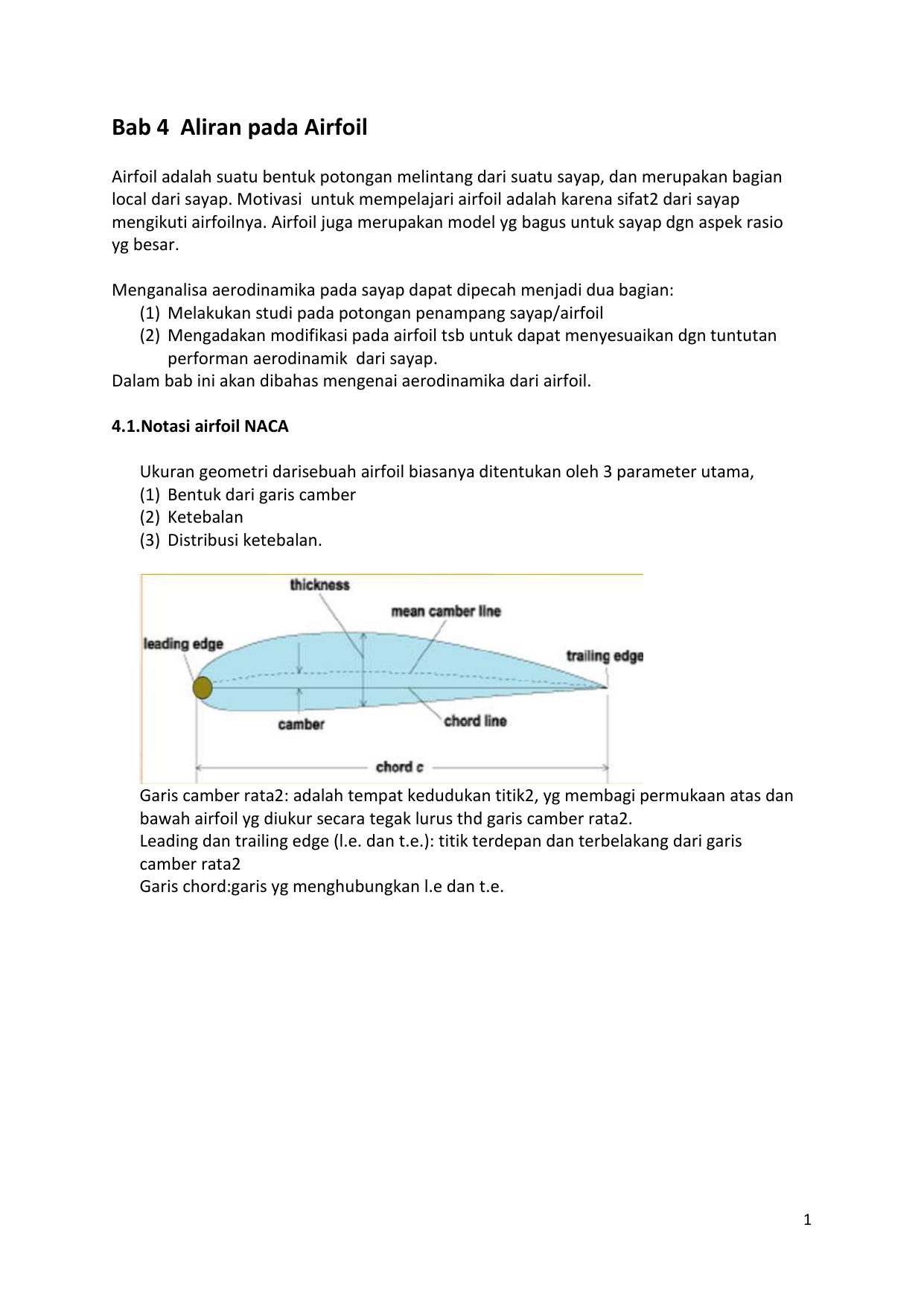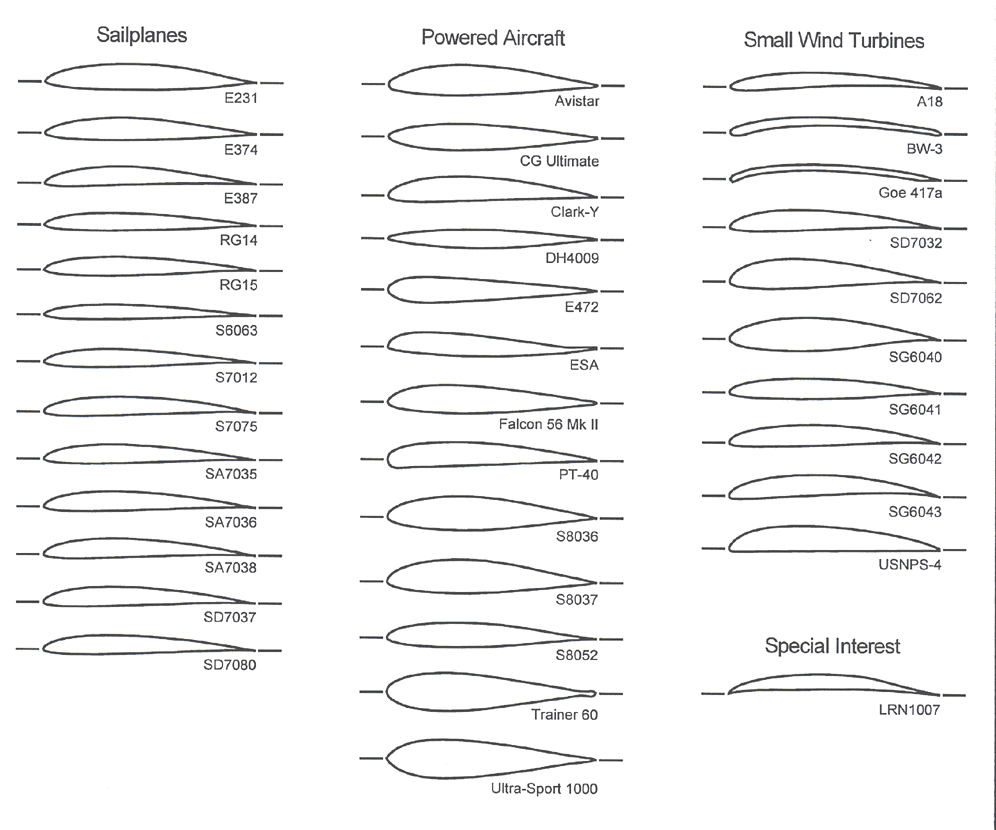

There are essentially two types of aerofoils- symmetrical and non-symmetrical. Furthermore, the pitching moment refers to a moment or torque that leads to the production of the aerodynamic force on the aerofoil. The angle of attack (AOA) refers to an angle whose formation takes place between a reference line on a body and the oncoming flow. Moreover, the pitching moment is zero at the centre of pressure. Furthermore, the pitching moment is independent of lift coefficient and angle of attack (AOA) at the aerodynamic centre. There are some terms that describe the behaviour when the movement of the aerofoil takes place through a fluid. In contrast, the lower surface, also known as pressure surface, is one that is characterized by higher static pressure. Upper surface, also known as suction surface, is one whose association takes place with high velocity and low static pressure. Moreover, the chord line refers to the straight line that connects the leading and trailing edge. Camber is a complex property that can be more fully characterized by an airfoil's camber line, the curve Z(x) that is halfway between the upper and lower surfaces, and thickness function T(x), which describes the thickness of the airfoils at any given point.Chord refers to the distance between the leading edge, the point at the aerofoil’s front and has maximum curvature, and the trailing edge, the point at the aerofoil’s rear that has maximum curvature along the chord line. These changes delay the onset of wave drag.Īn airfoil is said to have a positive camber if its upper surface (or in the case of a driving turbine or propeller blade its forward surface) is the more convex.

Supercritical airfoils employ a flattened upper surface, highly cambered (curved) aft section, and greater leading-edge radius as compared to traditional airfoil shapes. It is used for near-supersonic flight and produces a higher lift-to-drag ratio at near supersonic flight than traditional airfoils. One recent cambered design is called the supercritical airfoil. This ensures that, as the aircraft approaches the stall, the wing root stalls before the tip, giving the aircraft resistance to spinning and maintaining aileron effectiveness close to the stall. An aircraft with cambered wings will have a lower stalling speed than an aircraft with a similar wing loading and symmetric airfoil wings.Īn aircraft designer may also reduce the angle of attack of the outboard section of the wings. This minimizes the stalling speed of aircraft using the airfoil. Overview Ĭamber is usually designed into an airfoil to maximize its lift coefficient. The benefits of cambering were discovered and first utilized by George Cayley in the early 19th century. An airfoil that is not cambered is called a symmetric airfoil. In aeronautics and aeronautical engineering, camber is the asymmetry between the two acting surfaces of an airfoil, with the top surface of a wing (or correspondingly the front surface of a propeller blade) commonly being more convex ( positive camber).


 0 kommentar(er)
0 kommentar(er)
